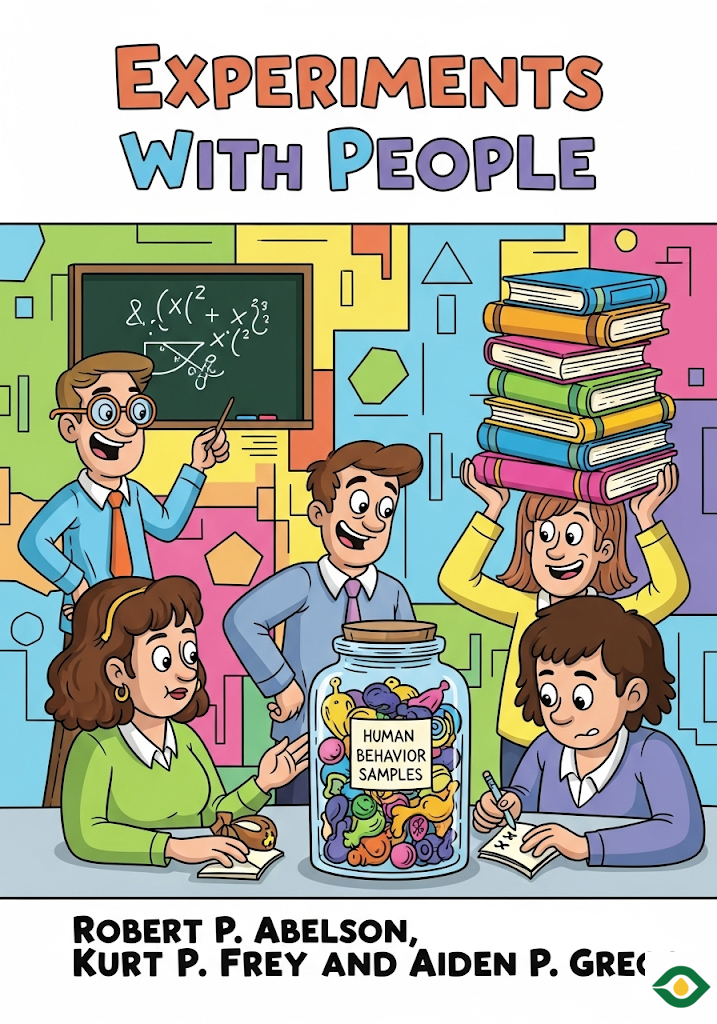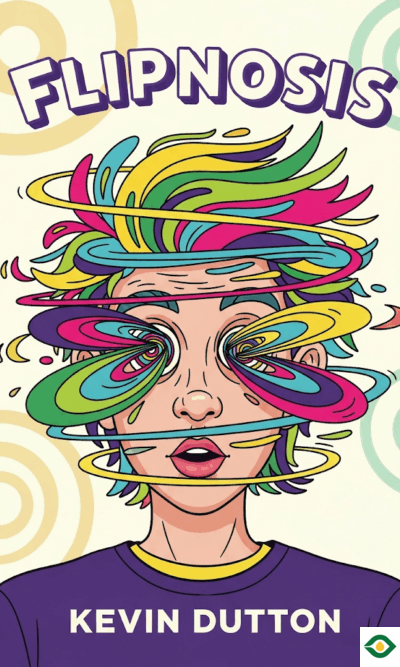Description
Human behavior often feels mysterious. We make choices, feel emotions, and react in ways that even we sometimes cannot explain. Experiments With People takes us through some of the most important studies in social psychology. These experiments, carried out during the twentieth century, help us understand why people behave as they do, how we interact with others, and what truly drives our actions.
One of the first lessons is that we are not as self-aware as we think. People often believe they understand the reasons behind their decisions, but this is rarely true. A famous experiment asked participants to judge a woman named Jill. Some participants were told she had been in a car accident. This information did not actually affect their ratings, but when asked why they judged her a certain way, many pointed to the accident. This shows that people invent explanations for their behavior, even when those explanations are false. Memory also fails us. People often reshape their past to fit their beliefs. For example, women asked to recall their menstrual pain two weeks later exaggerated it compared to what they originally reported. Their memory was shaped by the common belief that menstruation is always painful.
Another important finding is that we value things we suffer for. In one study, people went through embarrassing initiation rituals to join a group. When the group turned out to be boring, they still convinced themselves it was worthwhile, because they had sacrificed so much to join. This explains why governments and individuals often waste money and effort on doomed projects. Once we have invested a lot, we find it hard to walk away. Even the way information is framed changes decisions. If a pamphlet said, “Use mouthwash to fight plaque,” people were more willing to try it than if it said, “Not using mouthwash leads to plaque.” Both sentences said the same thing, but the positive framing was far more persuasive.
Situations also matter more than personality. A study with theology students showed this clearly. Students on their way to give a talk walked past someone who looked like they needed help. Those who thought they were late almost never stopped, even though they were supposed to be compassionate. Those who had time were much more likely to help. In another case, people explained their own failures through circumstances but judged others’ failures as flaws in character. For example, you might excuse yourself for forgetting to call because you were busy, but think another person forgot because they are careless.
We also misjudge situations because of how our brains work. In one study, participants were asked to judge court cases while also solving math problems. Because they were distracted, they accepted false information as true and gave longer prison sentences. We first accept what we hear, then only later decide whether it is accurate. If we are busy or distracted, we may never question it. People are also fooled by “good vibes.” Participants who felt comfortable with each other during a guessing game believed they had a special connection, even though their guesses were no better than chance.
Another theme is self-deception. People often change their thinking to avoid uncomfortable truths. If someone fears having a disease, they may eat more just to prove to themselves they still have an appetite, instead of seeing a doctor. People also create stereotypes to explain social roles. When told one alien group raised children and the other ran businesses, participants automatically assumed the first group was sensitive and the second confident. This reflects how humans justify gender roles, believing men are naturally assertive because more men are in leadership positions, when in reality the roles shaped the stereotype.
Groups have a powerful influence on behavior. Fans of two rival football teams saw the same game very differently, each blaming the other team for foul play. People also identify with their group more strongly when the group is winning. If their team loses, they distance themselves. Social norms also pressure us to conform. In a famous experiment, participants agreed with a group’s obviously wrong answer about the length of lines. A third of them gave in to group pressure, even though they knew it was incorrect. Yet, when even one other person in the group gave the correct answer, conformity dropped sharply.
Groups can also bring out the worst in people. When responsibility is shared, people are less likely to act. In one study, participants thought they were hearing someone have a seizure. The more people they believed were listening, the less likely they were to help. Deindividuation—losing a sense of individuality in a crowd—also encourages misbehavior. Children trick-or-treating in groups were much more likely to steal candy and coins than those who were alone or identified by name. At the extreme, being excluded from groups can lead to anger and even violence, as seen in tragic school shootings.
Attraction and prejudice are also shaped by subtle forces. We like people simply because we see them often. This is why familiar faces grow more attractive. Believing someone is attractive also makes us treat them warmly, which in turn makes them respond positively, creating a cycle. Prejudice often operates unconsciously. In one experiment, white participants linked negative words faster to black faces than to white faces, even though they claimed not to be racist. This shows that hidden biases affect how we think and act.
People can be influenced to change their beliefs through their actions. When participants were asked to lie about a boring experiment being fun, they later convinced themselves it was not so bad. Their actions reshaped their beliefs to reduce the discomfort of lying. Authority also has strong power. In the famous Milgram experiment, people administered what they thought were dangerous electric shocks simply because a scientist told them to continue. Sixty-five percent went all the way to the highest voltage, showing how far obedience can go.
Despite all this, human behavior is not only selfish or cruel. Experiments also show that altruism and love exist. When participants heard the struggles of a woman named Katie, many offered help even when they believed others would step in. This suggests they acted out of genuine care, not self-interest. Love, too, can be understood as merging identities. In studies, people hesitated to label statements about their spouses as “not me,” showing how deeply their partner’s identity had become part of their own.
The key message of Experiments With People is that human behavior is complex, shaped by situations, group dynamics, hidden biases, and deep emotions. We are not always rational, and we are often guided by forces we do not notice. Yet, within this complexity, there is also kindness, loyalty, and love. By studying these experiments, we gain a clearer picture of ourselves and others, and we learn how human nature truly works.





